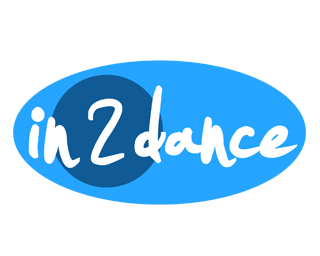Your Busy Schedule Could Benefit You
January 27, 2020The Science Behind H.I.I.T.

It is recommended by the CDC (Center of Disease Control & Prevention) that we obtain 150 minutes of moderately intense or 75 minutes of vigorously intense exercise weekly. For the average person that has school, a family, work, etc, it may be hard to find a weekly routine. What I mean by routine is something consistent like working out 3 days of 50 minutes per week. Life can get in the way and sometimes some days it may seem hard to motivate yourself to workout longer than 20-30 minutes. Quite frankly, THAT IS OKAY- just add more time to your workout tomorrow. When it comes to increasing your overall health and functionality while lowering your risk of chronic disease, it may not matter how may days you exercise weekly. According to an article by APNM (Applied Physiology,, Nutrition, and Metabolism), as long as you put in at least 150 total minutes of physical activity every week, there should be significantly huge benefits in lowering serious chronic health conditions.
A study published in the same article had participants that broke up their weekly routines into 5 to 7 weekly sessions while others worked out only 104 times a week. It was found that the people who accrued more exercise minutes during the week were healthier overall, regardless of the amount of days exercised.
Now, how does this relate to you? The science behind the article is that the total amount, type, and intensity of the exercises will all have a greter affect on the body than frequency. This is great news that you can’t just work out for 2 hours and call it good for the week. There is more accountability involved in helping you reach your fitness goals. Also, finding the time to work out for long durations while maintain a good enough intensity is difficult with a busy schedule.
How can you get an effective workout in a short amount of time? The answer is high intensity interval training! This style of exercise activates all types of muscle fibers. Red, slow twitch muscles are typically activated during cardio, but engaging in HIIT activates fast and super fast twitch muscles. If your regular fitness routine doesn’t engage your white, fast twitch muscles, then you’re missing out on all of the benefits that exercise offers.
The reason for this is due to the fact that there are two different metabolic processes that your heart has. The aerobic metabolic process is one that requires oxygen for food and the anaerobic process, which doesn’t require any oxygen. HIIT works both of these processes.
HIIT saves time and maximizes effort! Less is definitely more because you can get all the benefits of exercising for hours on end and reach your fitness goals faster just by completing a 20-30 minute session, from start to finish, 3-4x per week.
Journal Reference:
Janine Clarke, Ian Janssen. Is the frequency of weekly moderate-to-vigorous physical activity associated with the metabolic syndrome in Canadian adults? Applied Physiology, Nutrition, and Metabolism, 2013; 773 DOI: 10.1139/apnm-2013-0049





